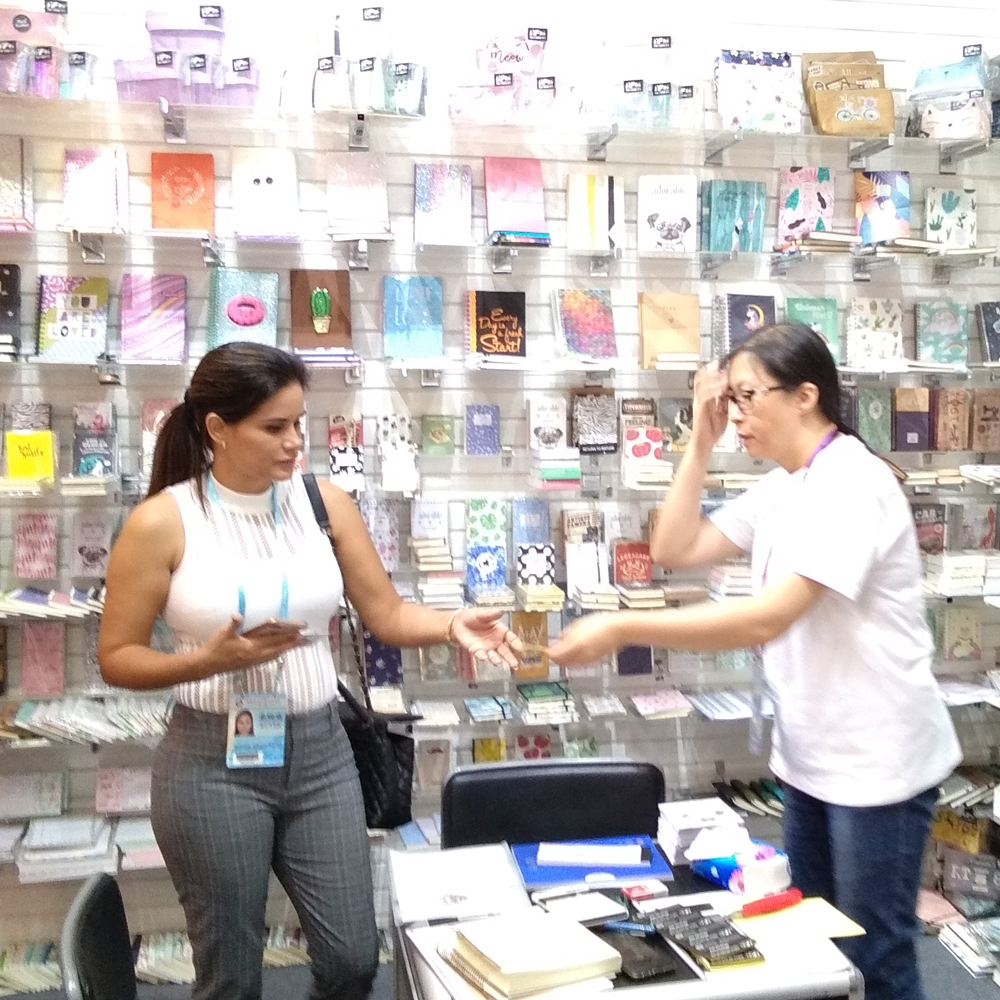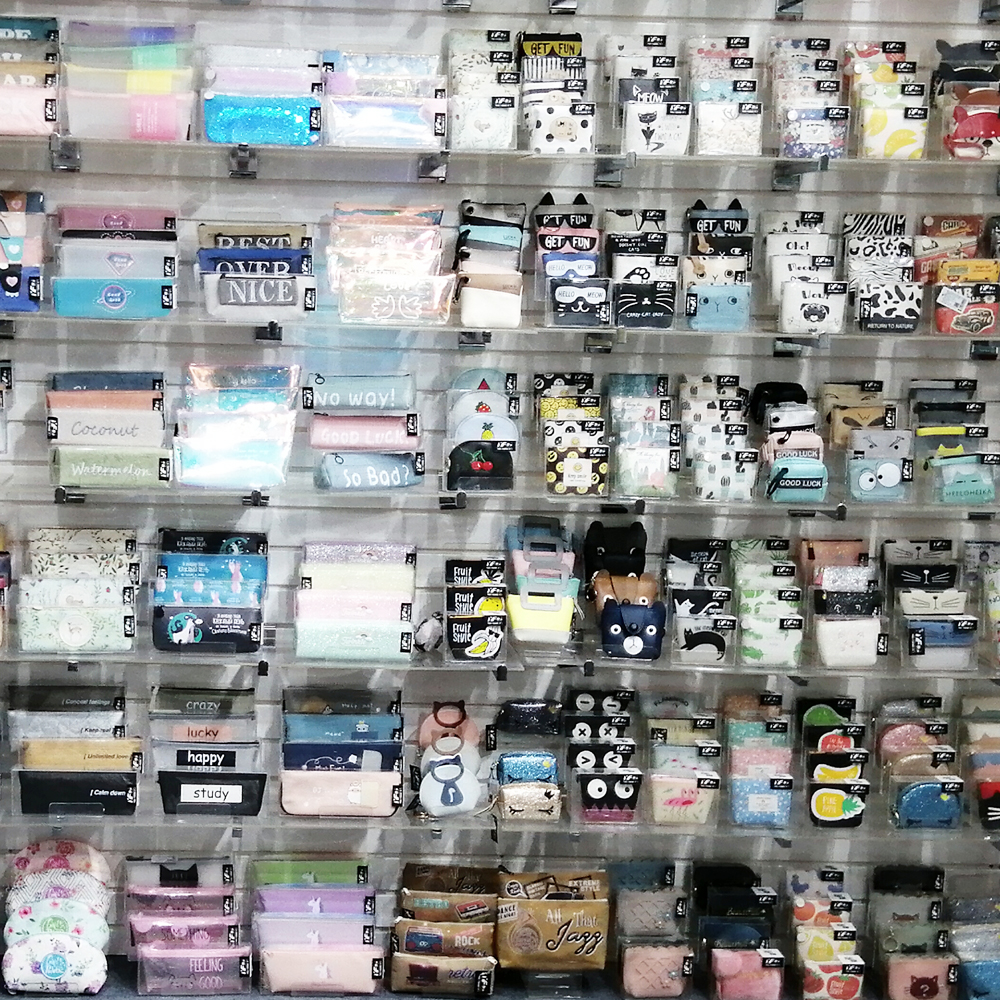The pattern decoration on ceramics has been used for a long time by blowing, hand-painting, rubber printing, and transfer of decals printed with copperplate and lithography. In recent years, with the application of screen printing in the ceramic industry, the decorative patterns on ceramics are more three-dimensional, the enamel after firing is very thick and the color is very bright, it looks like it is depicted with magnetic paint. The pattern is finer than the general pattern using the blowing method, and the production efficiency has also been improved a lot. Because of the above-mentioned advantages of ceramic decoration on silk screen, its application range is getting wider every day.
The development of ceramic screen printing
Since the realization of industrial production of ceramic wares so far, there have been three major changes in decorative technology. In the 1920s, a decorative process combining lithographic patterns and artificial powdering was implemented, replacing the hand-carved plates. The products are fine and the quality is greatly improved. However, the production efficiency is still very low, only 600-800 sheets per person per hour, Moreover, there is dust pollution. At the end of the 1950s, automatic dusting machines appeared, producing 4,000 to 5,000 sheets per hour, improving the efficiency of dusting. The emerging contradiction is that the printing and dusting speeds do not match. After several improvements, by the mid-1960s, offset printing was finally replaced by lithographic printing decals, which increased the degree of automation and made the two processes of printing and dusting complete into a dragon. The new mechanized production process mainly based on offset printing is another major change in the production of ceramic decals.
Screen printing ceramic decals, simple operation, strong adaptability, thick ink layer. Therefore, the development is rapid. Automation began in the 1950s, and at the same time, process technology and screen printing materials have also achieved amazing development. According to statistics, in the 1960s, silk-screen decals accounted for about 20% of the total decals. In the 1970s, it increased to more than 85%. Almost 100% of glass decals were screen printed. At the same time, various special screen printing machines began to be used. Printing and decorating directly on the utensils, both in terms of quality and scale, have reached a fairly high level. At present, silk-printed ceramic decals have basically replaced offset-printed ceramic decals and become the main decorative means for ceramic vessels with large output, high efficiency, low cost, and strong artistic appeal.
The readers are introduced to the latest progress of some silk-screen ceramic decal paper technologies.
â‘ Capillary adsorption type photosensitive film
This photosensitive film is a plate-making material newly developed in the 1970s. Using this photosensitive film to make a plate, we only need to wet the film surface with water, it can be firmly attached to the surface of the net, and then cured on the net after exposure. The main components of this photosensitive film are polyvinyl alcohol and diazonium salt, and the printing capacity is 30,000 prints. Due to the fine prints, the plate making operation is simple, and higher grade products can be printed.
â‘¡ Thermal printing ink
There are two types of traditional inks: one is volatile drying ink; the other is oxidative drying ink. These two types of ink are often referred to as cold printing inks. Oxidation-drying inks have a long drying time; volatile-drying inks require heating to dry, wasting energy, and also have safety issues such as solvent pollution, environmental pollution and fire. Thermal printing inks developed in recent years are formulated with ceramic pigments or precious metal preparations and thermoplastic resins. The main raw materials are methacrylate polymers or waxes. They do not contain free monomers and have a low softening temperature, generally around 50 ° C. The ink has good fluidity, and decals can be printed using heat-resistant screens, but it is usually used for direct decorative ceramics. The printing performance and transfer performance of this type of ink are better than that of cold printing ink. Because no solvent is used, the pigment ratio in the ink is relatively increased, and the ink layer has strong hiding power. It is very suitable for glass decoration. Light color pigments that were not commonly used in the past can also be used. After printing, the blot quickly dissipates heat and solidifies to dry, which is convenient for overprinting and not easily contaminated. In the 1970s, it was possible to achieve fast, multi-color mesh-adjusted ceramic screen printing, mainly due to the development and utilization of thermal printing inks.
â‘¢Three primary colors printing ceramic pigment
The use of three primary colors of yellow, magenta, and cyan to print color art works is a very mature technology in offset printing. However, for a long time, it has been difficult to print silk-screen ceramic decals using the principle of three primary colors. The main reason is that ceramic pigments are to be colored at high temperatures, and some pigments will react at high temperatures to cause color changes. In recent years, based on the research of serialization and specialization of ceramic pigments and increasing their stability performance, three blending pigments of cyan, magenta and yellow have been developed, and their coloration basically meets the requirements of chromatography. The transfer decals printed with these three basic colors can show multi-color effects after firing. The disadvantage is that red is not bright enough, and black chroma is not enough. It is necessary to reprint black and red to enhance the firing effect. At present, although the three-primary ceramic pigments are not yet ideal, it completely breaks through the traditional concept, and further perfecting this subject will have a greater impact on ceramic decoration.
â‘£Superfine mesh modulation version technology
For a long time, the production of offset ceramic decals can reproduce fine-level art works, while screen printing can only print lines or ink sticks, which is difficult to reflect the level of the work. In recent years, due to the development of photographic technology, the screen-making screen-making technology and its theory have been continuously improved, especially the development and utilization of high-quality fine screens, high-resolution photosensitive materials, and ultra-fine ceramic pigments for the preparation of screens The silk screen version provides favorable conditions. The screen printing screen decorated by direct method ceramics can directly print the exquisite screen tones on ceramics and glassware; the production of screen printing decals is based on the realization of 133-line and 155-line screen-making plates, and some manufacturers have already Using ultra-fine screen and screen making, its exquisite copy is almost the same as continuous adjustment works.
⑤Hot transfer decal technology
The earliest transfer decals need to be attached to the ceramic surface with an adhesive when transferring. In the 1930s, it was changed to the water stick transfer method, also known as the cold transfer method. The structure of cold transfer decals is to apply water-soluble glue on the paper base, print the pattern on the glue surface, and then print a layer of non-water-soluble resin film as the transfer carrier. Immerse the decal in the water during decal application, 30 After a second, with the aid of water-soluble glue, the picture can be slid off the paper base, and the picture can be attached to the porcelain surface by virtue of its adhesion. In the early 1970s, research on thermal transfer decals was successful. Its structure is that instead of water-soluble glue between the paper base and the screen, wax or hot-melt resin is used. When decaling, first preheat the vessel to 120-150 ° C, mechanical transmission, automatic positioning, and then use the decal machine to fix the picture on the heat transfer ceramic decal to the decal position, the temperature of the surface of the vessel softens the flower film, and The picture is firmly attached to the porcelain surface, and at the same time, it can melt the wax on the paper base and separate the paper base from the picture. Using hot decal technology, you can directly decorate bisque and white porcelain (glazed porcelain). After decal, you can directly enter the kiln for color burning and the porcelain surface is clean. The success of hot decal research is a major breakthrough in the transition from manual decals to mechanical decals. At present, in developed countries, apart from a small amount of manual decals, mainly mechanical decals are used, while in developing countries, manual decals are still the mainstay.
More or less have to deal with cards, such as all kinds of IC cards, bank cards, supermarket cards, shopping cards, membership cards. Card package style so many cards are not easy to store, easy to appear chaos, often bring a lot of unnecessary trouble, card package is in order to manage so many cards and appear, can be said to be the product of modern economy. In addition to managing various cards more conveniently and quickly, card packs also have the function of radiation protection, so as to avoid the inconvenience caused by degaussing cards.


Cotton Card Holder,Visiting Card Holder,Money Clip Card Holder,Metal Card Holder
Jilin Y.F. Import & Export Co.,Ltd , https://www.yfpencilcase.com